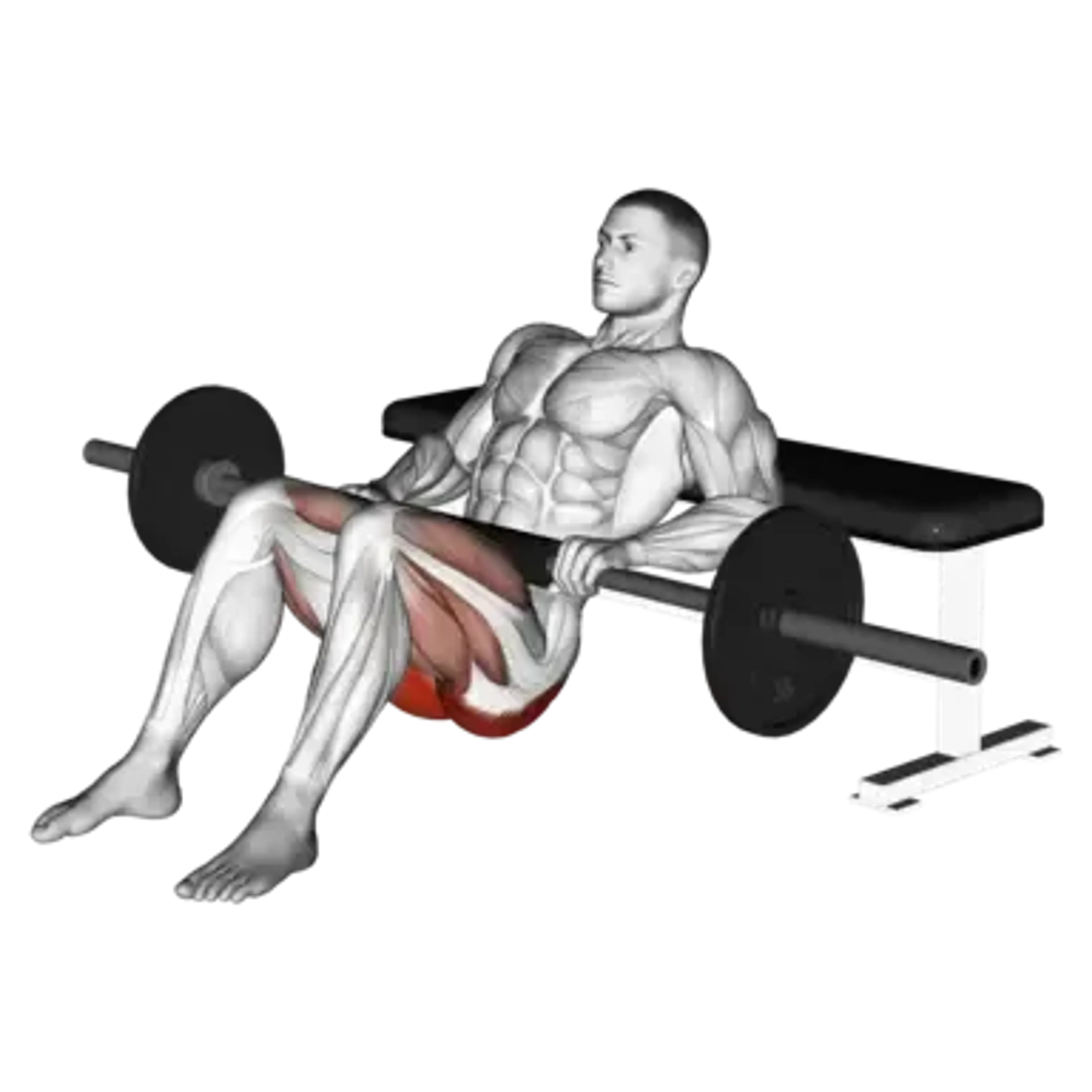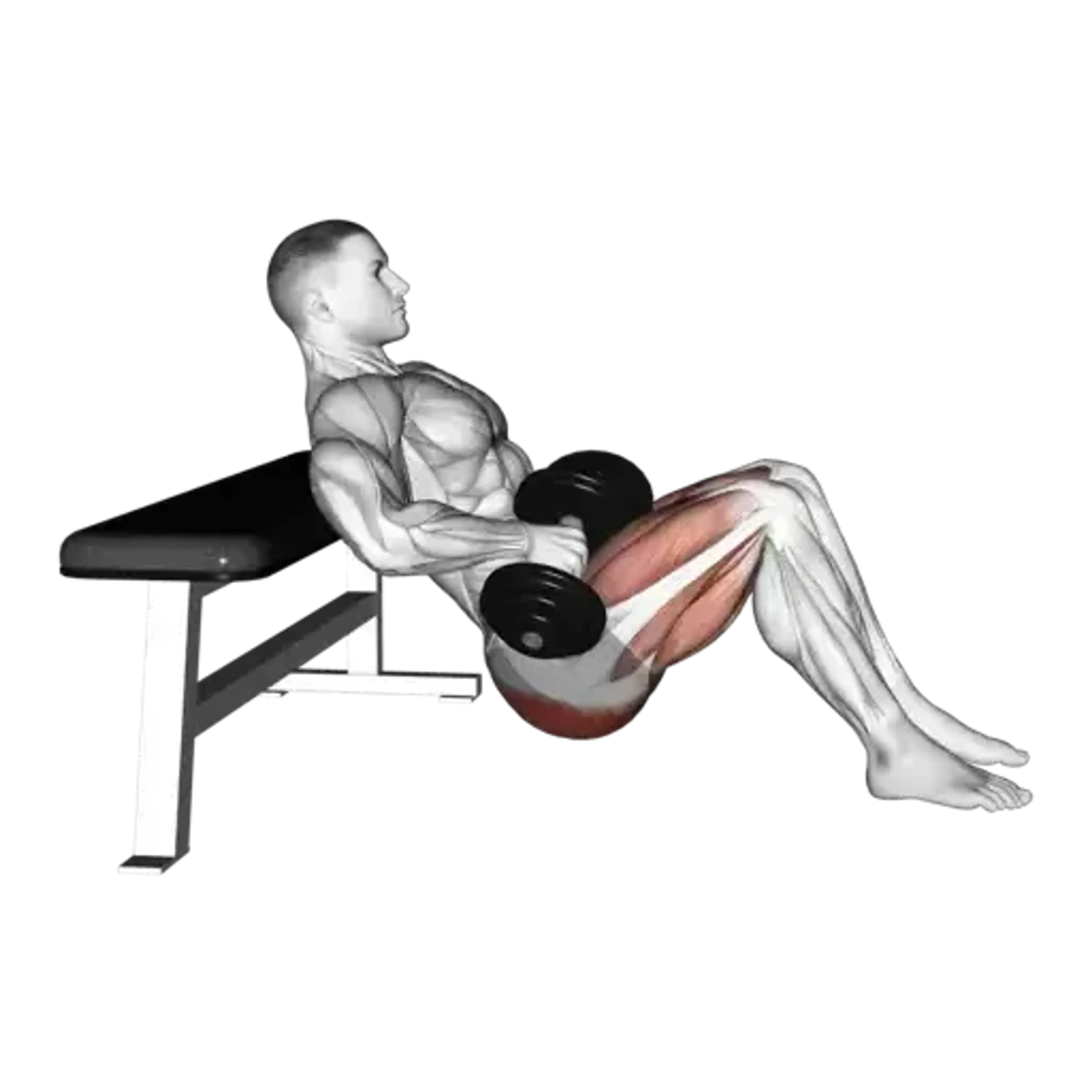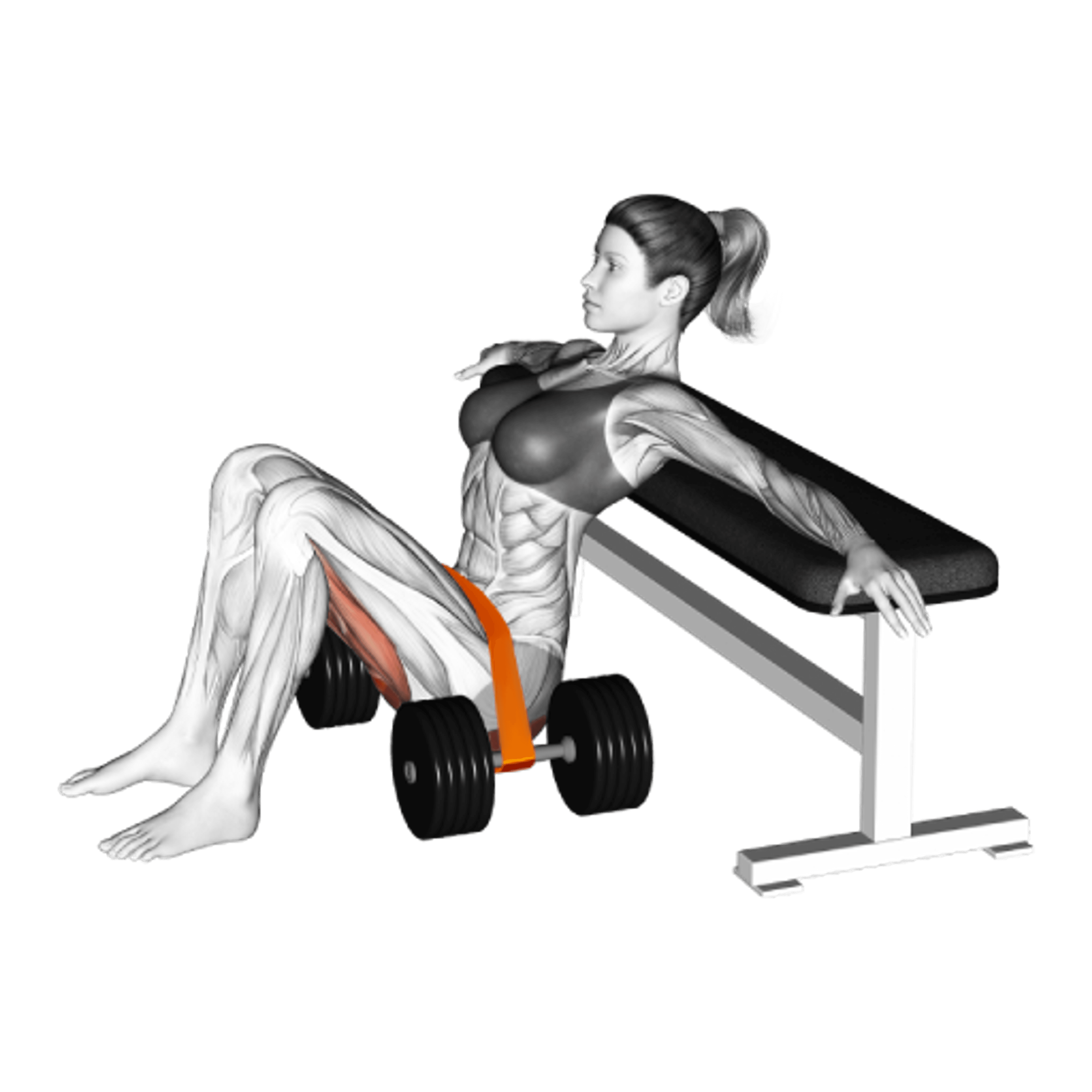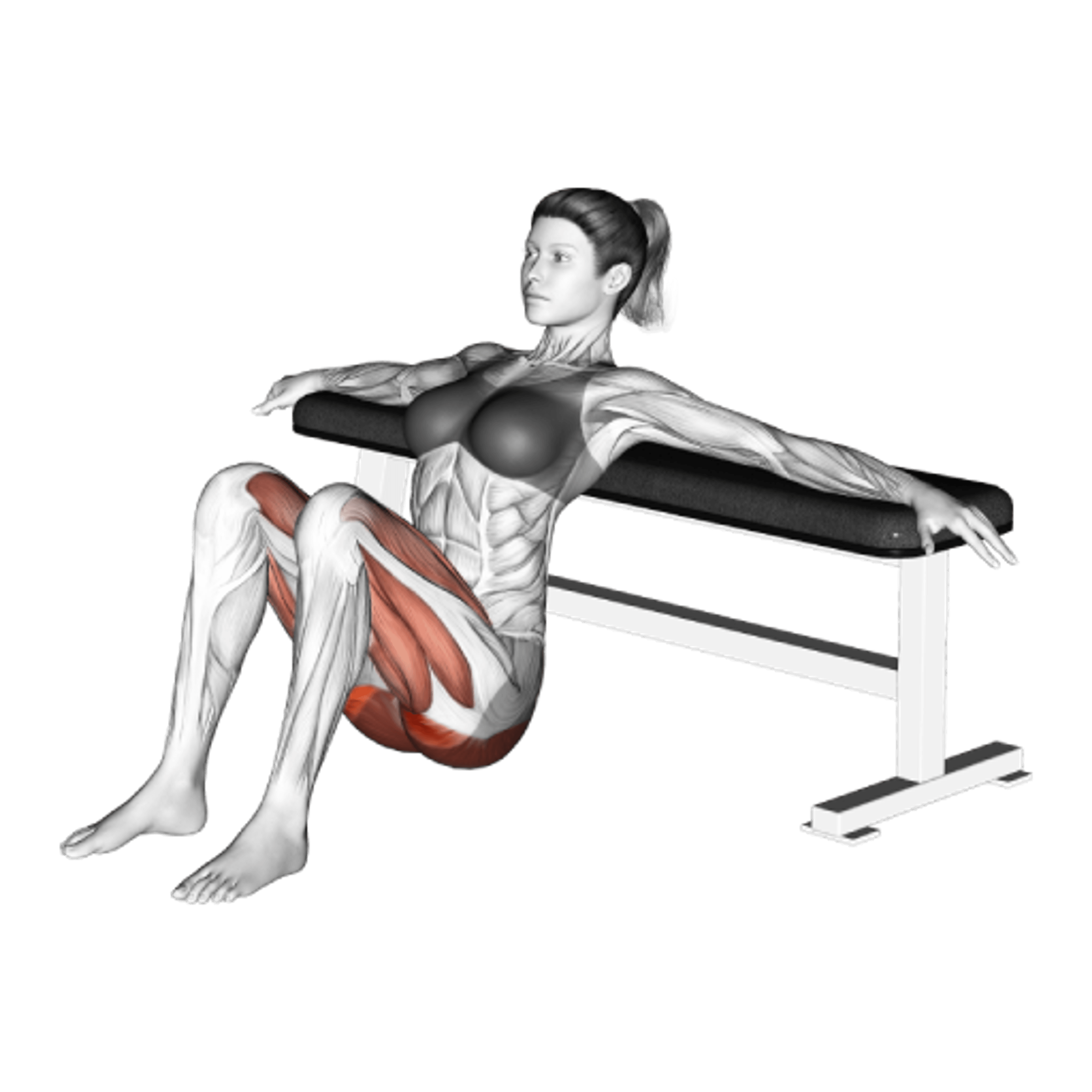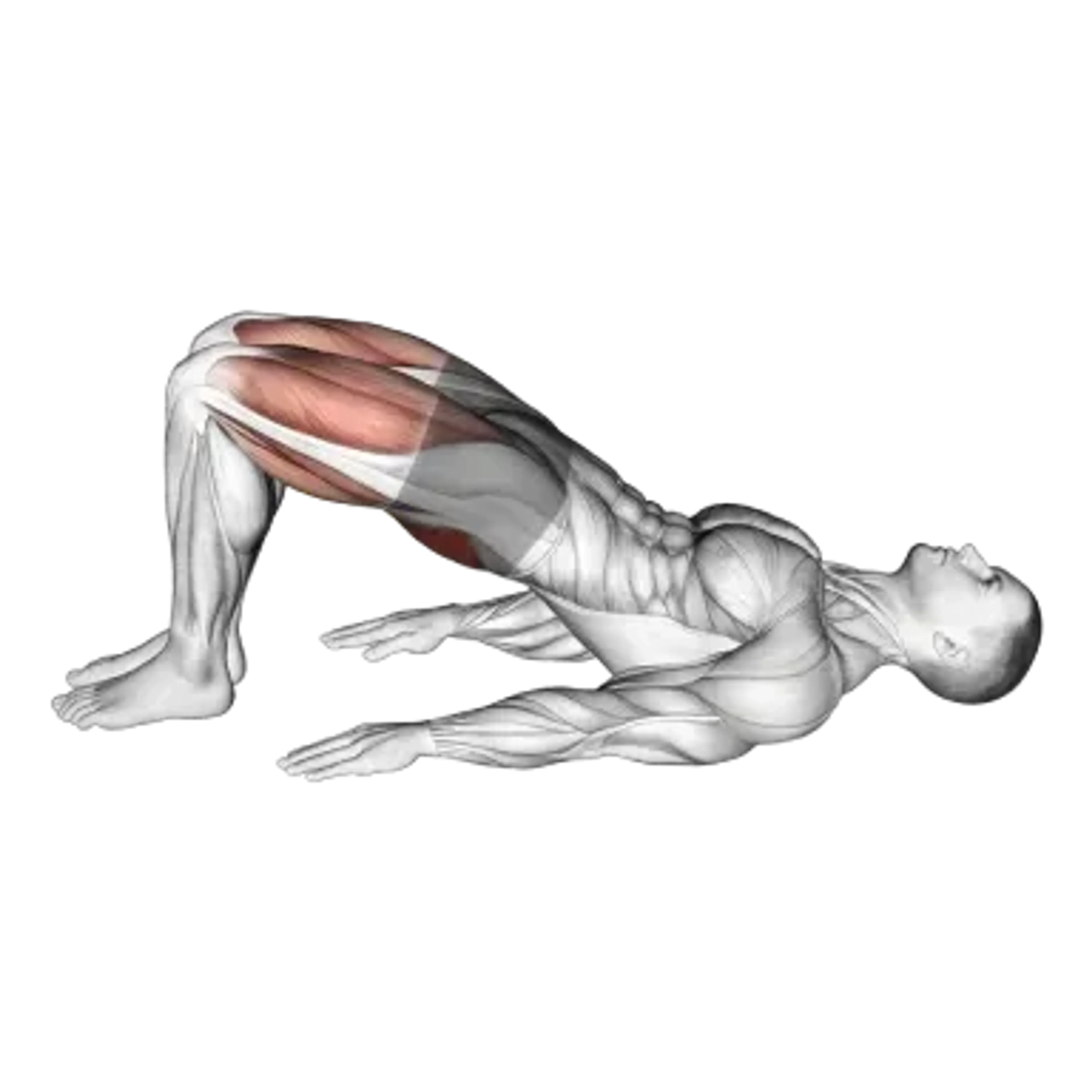Exercise Ball Hip Thrust
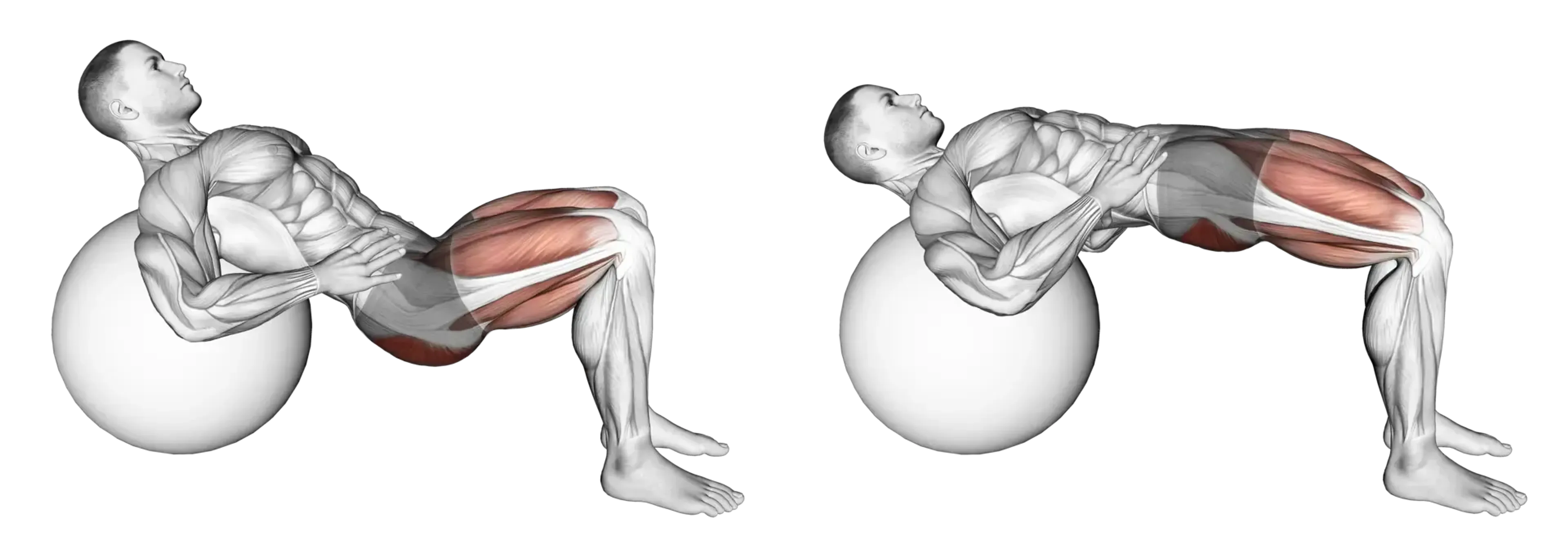
Overview
- Primary Focus:
- Glutes.
- Equipment:
- Exercise ball.
- Difficulty:
- Beginner.
General Information
Exercise Ball Hip Thrust is a compound exercise that primarily targets the gluteus maximus and secondarily engages the hamstrings and quadriceps. It is a beginner level movement that uses a stability ball to provide a greater range of motion and activate stabilizing muscles.
Unlike traditional hip thrusts on a bench, the exercise ball version challenges your core and balance more, requiring additional control throughout the movement. It's a great option for those training at home or seeking to increase glute activation without heavy equipment.
This exercise is commonly used to build strength in the posterior chain, improve hip extension mechanics, and enhance performance in athletic movements like running, jumping, and squatting. It's also effective for improving posture and reducing lower back strain caused by sedentary habits.
Muscles Worked
- Gluteus Maximus
- Primary
- Gluteus Medius
- High
- Biceps Femoris
- Medium
- Erector Spinae
- Low
- Semitendinosus
- Low
- Rectus Abdominis
- Minimal
- Rectus Abdominis (Lower)
- Minimal
Instructions
- Sit on the floor with your upper back resting against a stability ball and your knees bent, feet flat on the ground hip-width apart.
- Walk your feet forward slightly and roll your upper back along the ball until your torso is parallel to the floor.
- Engage your core and glutes, then push through your heels to lift your hips toward the ceiling.
- At the top, pause and squeeze your glutes, ensuring your knees form a 90-degree angle.
- Slowly lower your hips back down without fully resting on the floor.
- Repeat for the desired number of reps while keeping tension in the glutes throughout the movement.
Common Mistakes
Injuries
Exercise Ball Hip Thrust is a low to medium risk movement when done with proper form and controlled motion.
Most injury risks come from poor stabilization or improper form. The instability of the ball can cause arching in the lower back or loss of balance, especially if the core is not engaged. Keep your spine in a neutral position and avoid overextending at the top.
To reduce risk, beginners should start without added resistance and perform the movement slowly, focusing on stability. Practicing on a mat or with the ball against a wall can help build confidence and safety.
Alternative Exercises
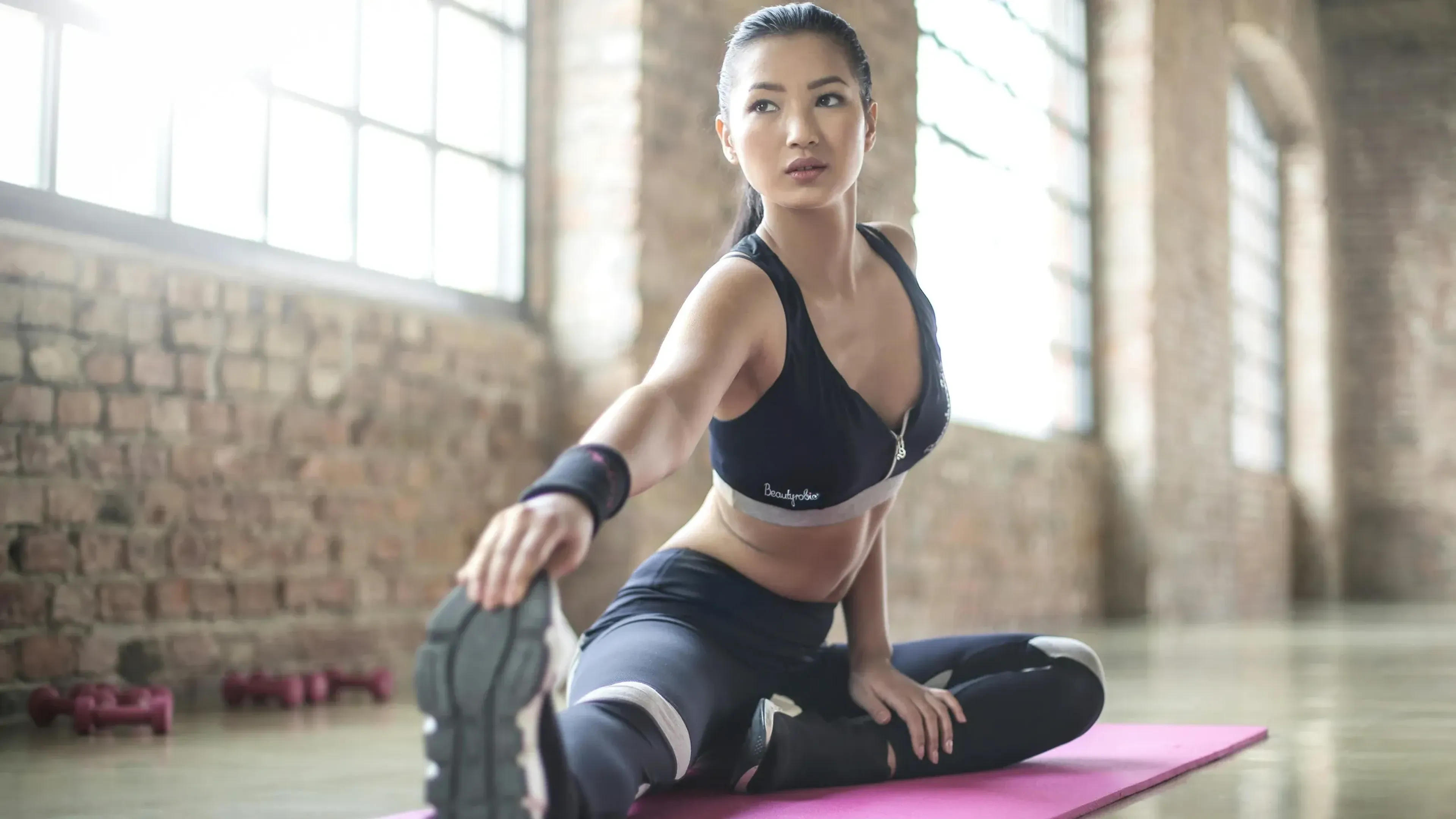
Frequently Asked Questions
- Q: Can I use weights with this exercise?
Yes, you can place a dumbbell or weight plate on your hips for added resistance.
- Q: Is this exercise good for home workouts?
Definitely, it requires minimal space and only a stability ball.
- Q: How do I make the exercise easier?
Start with your back lower on the ball or perform a floor glute bridge instead.
Overview
- Primary Focus:
- Glutes.
- Equipment:
- Exercise ball.
- Difficulty:
- Beginner.
